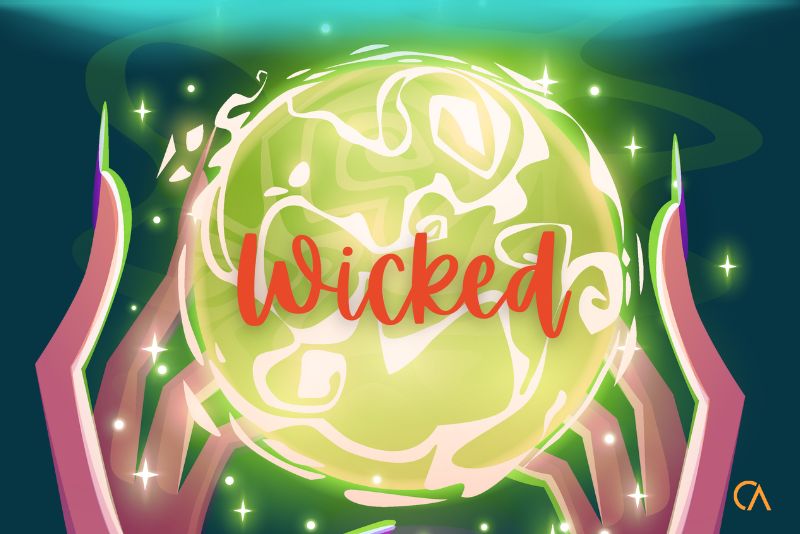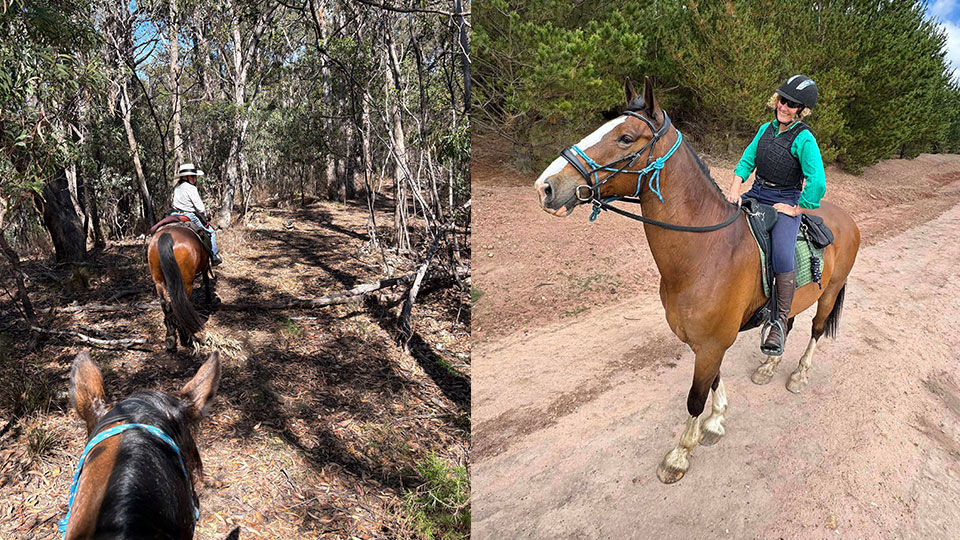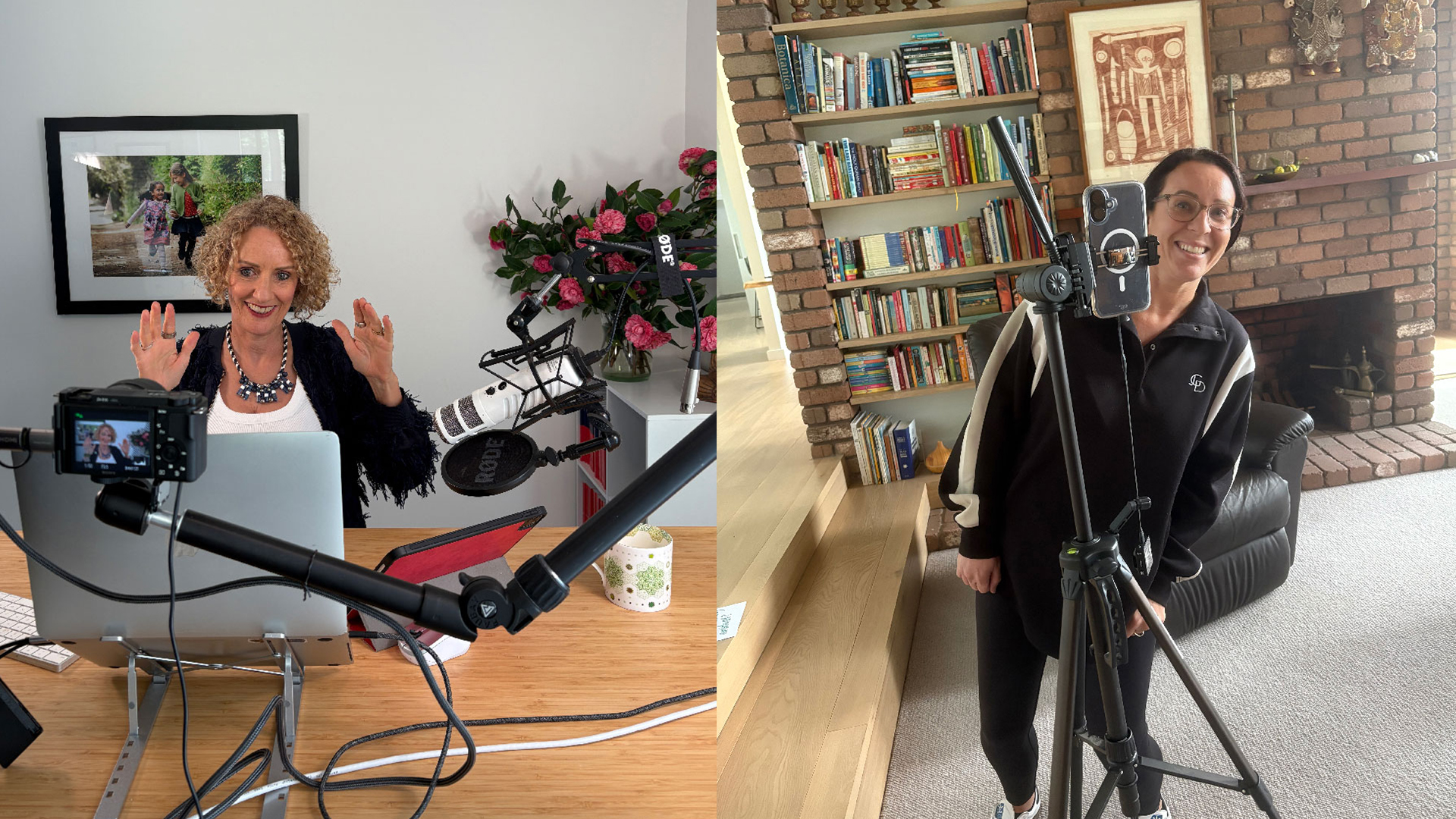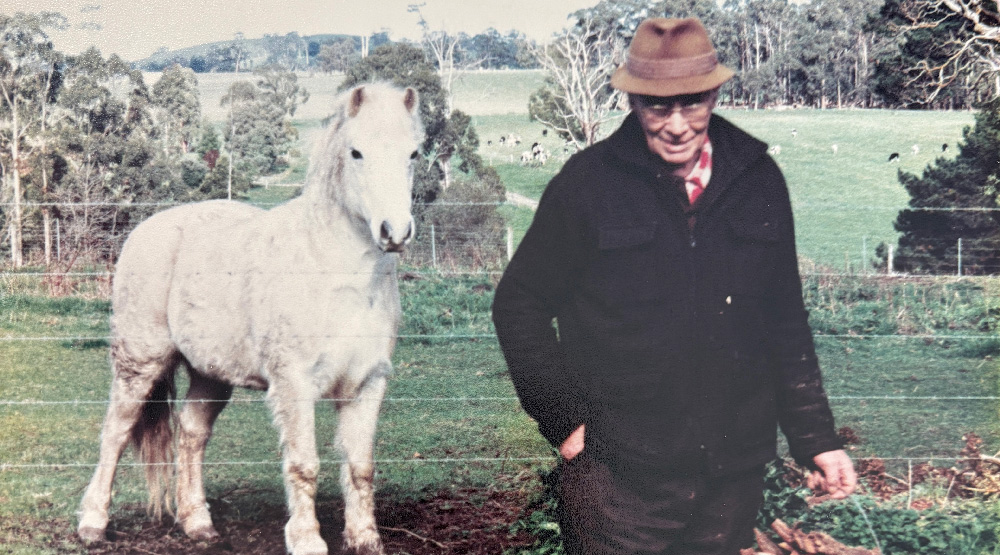
We often think of trust as a nice-to-have. A soft skill.
It’s not!
Trust is a leadership strategy. Without it, collaboration stalls, feedback feels unsafe, and robust conversations become personal or avoided altogether.
In boardrooms and executive teams alike, trust is what makes the difference between:
- Debate that sharpens insight verses tension that shuts people down
- Leaders pulling together verses protecting turf
- Energy flowing verses being drained by second-guessing
Here’s the challenge: Trust isn’t built in strategy sessions. It’s built in how we show up with each other, especially when the pressure is on.
That means:
- Coming from a place of curiousity. Asking more open questions and telling less.
- Showing vulnerability and a willingness to learn.
- Asking more questions, telling less.
- Being clear (and overt) on your intention before you challenge.
- Noticing your own reaction when things get tense—and responding with purpose, not ego.
The neuroscience backs it. When leaders feel psychologically safe, we get access to the ‘smart parts’ of the brain—dopamine, oxytocin, and creative problem solving. When we feel under threat, we shut down. The whole system contracts.
Try this: Before your next leadership or board meeting, ask yourself: What can I do to build trust in the room today?
Because in the end, trust isn’t a soft skill.
It’s the hardest thing—and the most powerful.
Go fearlessly – Corrinne
STAY IN THE LOOP





